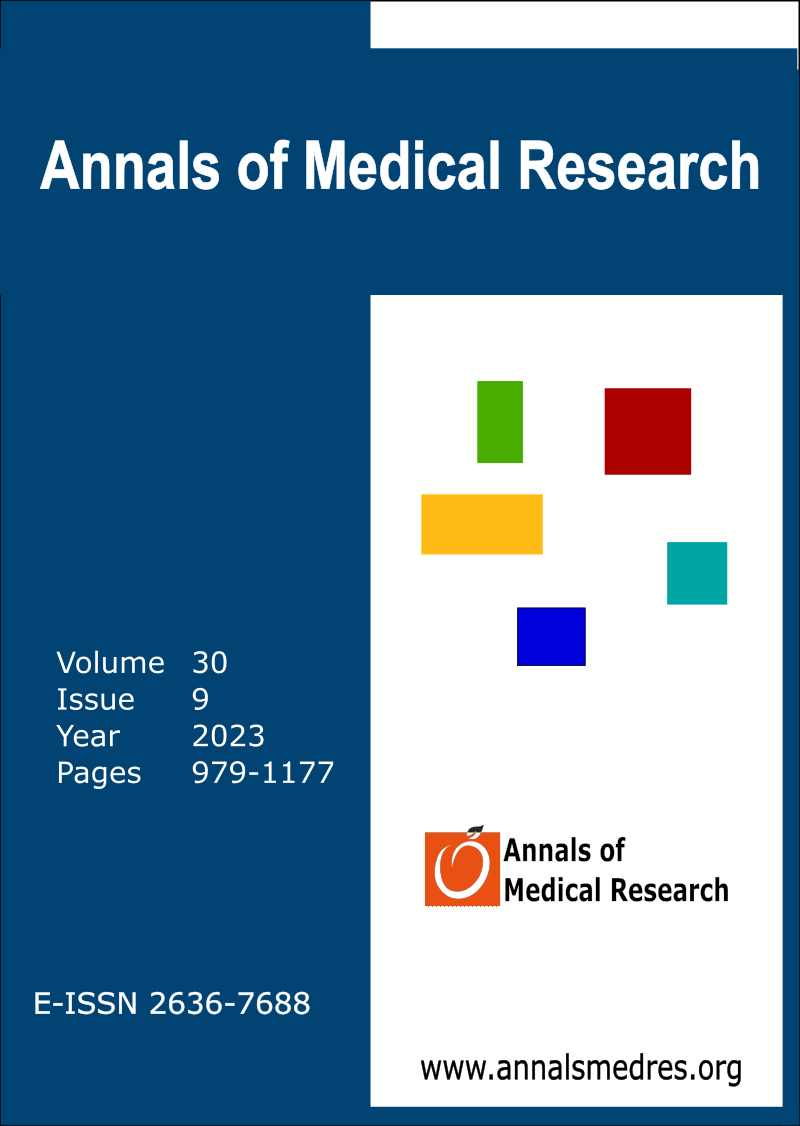Single cannulated screw fixation is associated with good mid term outcomes in slipped capital femoral epiphysis
Keywords:
SCFE, Slippage, Capital femoral epiphysis, Mid-term resultsAbstract
Aim: Slipped capital femoral epiphyisis (SCFE ) is a common pathology requiring immediate surgical intervention. This study aims to assess the clinical and radiological midterm outcomes of SCFE patients fixed with a single cannulated screw.
Materials and Methods: We examined 7 hips of 6 patients treated with SCFE and evaluated mid-term results in our study. Medical records and radiographs were reviewed for slip characteristics. SCFE cases were classified as stable or unstable, and stability was confirmed by perioperative scopy. For clinical evaluation, the Heyman-Herndon classification was utilized. All patients underwent surgical treatment on a traction table while under general anesthesia.
Results: The average degree of slippage was 41.4 (27–67) and the average body mass index was 26.9 (25.4–29.4). The mean duration of follow-up was 16 months (range: 13–31 months). İn the follow-up, shortness and limping were in no way observed. The comparative radiographs of the patients revealed no subchondral cyst, osteophytic formation, or subchondral sclerosis. In all patients, the range of motion in the operated hip was normal.
Conclusion: Osteosynthesis with a single screw in the current position or after a slight reduction to be an adequate treatment for SCFE requiring emergency surgery.
Downloads
Published
Issue
Section
License
Copyright (c) 2023 The author(s)

This work is licensed under a Creative Commons Attribution-NonCommercial-NoDerivatives 4.0 International License.
CC Attribution-NonCommercial-NoDerivatives 4.0






